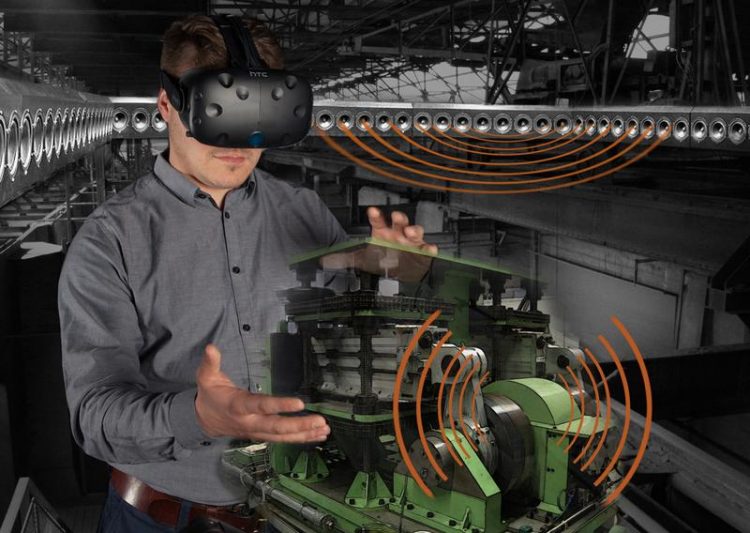Bringing 3D models to life acoustically

Bringing virtual products and machines to life acoustically is the goal of Fraunhofer IDMT´s research. Fraunhofer IDMT
What do heavy production machinery, such as milling machines or CNC cutting machines, and household appliances, like washing machines or hair dryers, have in common? Not very much, one might suppose imagining the visual characteristics of these different objects only. But if we extend our imagination to hearing, we will find that all these objects produce specific sounds. Sound plays an increasingly important role in the marketing of products.
During the buying decision process, customers and consumers increasingly base their subjective assessment of a certain product on its acoustic properties – while some sounds are perceived as pleasant, conveying the impression of robustness and reliability, others are considered as unpleasant, promoting a feeling of untrustworthiness and uncertainty. So what a product sounds like when we are using it really matters.
“Nowadays, in virtual product development, it is possible to simulate and assess all kinds of properties and characteristics of the product to be developed, except for the product’s acoustic properties”, says Dr. Sandra Brix, manager of the research project entitled “AVP3 – Acoustically Advanced Virtualization of Products and Production Processes”.
“Our goal is to auralize virtual product models, which basically means that we want to make 3D models audible”. Building on its broad scientific expertise in the field of spatial sound reproduction using wave field synthesis, Fraunhofer IDMT is currently working on methods and techniques to link the 3D visualization of prototypes with the respective authentic sounds.
This is done by computing the sound signals produced by a machine or device with the help of acoustic models, before the signals are made audible using the technology of SpatialSound Wave, Fraunhofer IDMT’s system for producing and replaying three-dimensional sound.
A special challenge lies in the correct simulation of the acoustics of virtual prototypes taking into account different perspectives from which they are viewed and, consequently, heard. “The sound of a virtual object must be as realistic as possible in order to be able to correctly assess its acoustic properties and behavior from any direction”, says Sandra Brix.
Joining Fraunhofer IDMT in the AVP3 project, which is funded by the German Federal Ministry for Economic Affairs and Energy, are two universities and five enterprises.
If you are interested in 3D visualization and auralization being linked for the first time, please feel free to visit us at the Fraunhofer booth C22, hall 2.
https://www.idmt.fraunhofer.de/en/institute/projects_products/projects/Current_p… – information about the research project
Media Contact
All latest news from the category: Trade Fair News
Newest articles

A universal framework for spatial biology
SpatialData is a freely accessible tool to unify and integrate data from different omics technologies accounting for spatial information, which can provide holistic insights into health and disease. Biological processes…

How complex biological processes arise
A $20 million grant from the U.S. National Science Foundation (NSF) will support the establishment and operation of the National Synthesis Center for Emergence in the Molecular and Cellular Sciences (NCEMS) at…

Airborne single-photon lidar system achieves high-resolution 3D imaging
Compact, low-power system opens doors for photon-efficient drone and satellite-based environmental monitoring and mapping. Researchers have developed a compact and lightweight single-photon airborne lidar system that can acquire high-resolution 3D…





















